We usually talk about feathered dinosaurs in the context of their fossilized remains. But according to most scientists, we do not have to turn to the fossil record in order to find dinosaurs with feathers. In fact, they say there are more than 10,000 species of them alive today. They say that dinosaurs lurk at the zoo, in our farms, even in our neighborhoods. They even say that there are probably even some in your backyard right now. We call these “dinosaurs” birds!
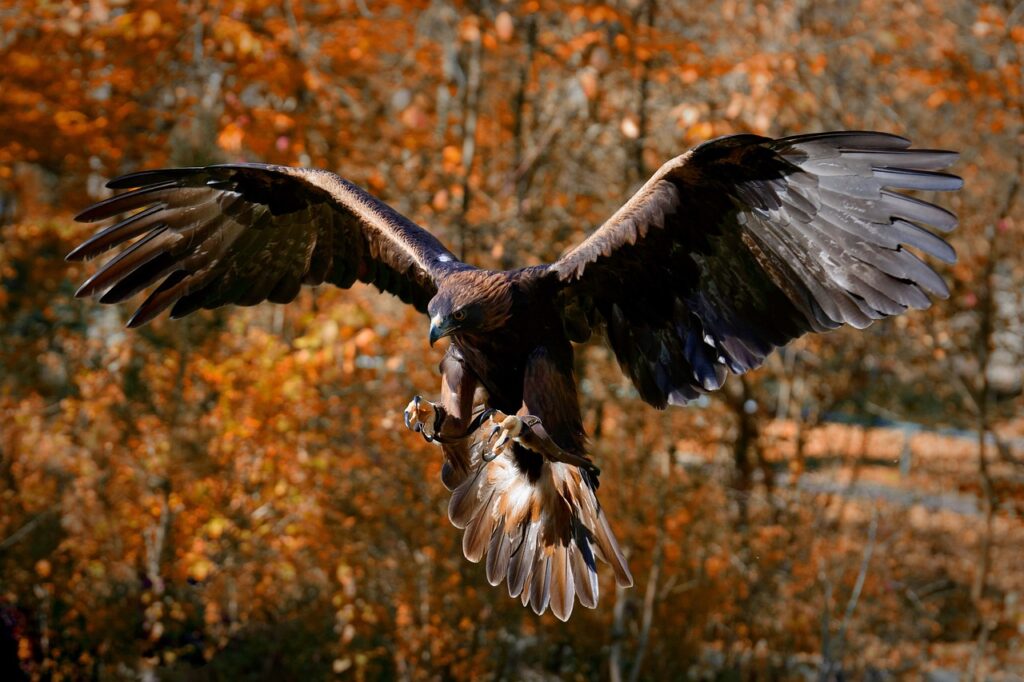
What should young-earth creationists think about the idea that birds are modern dinosaurs? Many reject this notion because they think it is based on an evolutionary assumption. Namely, that birds evolved from dinosaurs. In reality, conventional evolutionary scientists simply make the observation that birds form a cluster of similar living things that themselves fit within a much larger cluster of similar living things called dinosaurs. They then interpret this observation within a paradigm that says every living thing shares common ancestry. From this biased perspective, birds “must” share a common ancestor with other dinosaurs because they are both living things.
Let us examine this issue carefully a young-earth creationist perspective. We should ensure that we do not throw out the baby with the bathwater. After all, if it can be demonstrated that birds are anatomically dinosaurs, it is not at all necessary for us to also accept the interpretation that birds evolved from “non-bird” dinosaurian ancestors. We reject the idea that all living things share a common ancestor because we know God created “kinds” of animals throughout Creation Week.
Could it be that the question of whether or not birds are dinosaurs has nothing to do with the theory of evolution whatsoever? Perhaps, it is merely a question of taxonomy.
What’s in a Name?
When most people hear words like “dinosaurs” and “birds,” they usually have two very different types of animals in mind. One is a huge, extinct lizard-like creature with a scaly hide and temperamental disposition. The other is a small, elegant creature with feathers and possesses the power of flight. But this is not the way scientists distinguish animals from each other. Rather, this mode of thinking is actually the product of folk taxonomy. Folk taxonomy is the way in which people typically describe and organize things they see in the world around them.

The application of folk taxonomy is so common that you probably did not know that you use it all the time. For example, people often consider tomatoes and cucumbers to be vegetables because of their culinary usage. Scientifically speaking, however, both are classified as fruits (sorry, VeggieTales fans!).
Other well-used folk taxonomic terms include “bugs,” “ducks,” “fish,” and “shrubs.” Folk taxonomic terms can vary from one time period or region to another, even when describing the same thing. All this is not to say that folk taxonomy is bad. It is, however, inappropriate in the scientific realm, due to the confusion that arises from its usage.
Oh Taxonomy!
Rather than relying on ever-shifting folk taxonomy, researchers use scientific taxonomy. Humans devised the taxonomic system as a method of classifying things. It involves organizing things into groups within larger groups within even larger groups based on what features most or all members of a specific group share. We can envision these taxonomic ranks sort of like Russian nesting dolls. Opening a large doll, you find a series of smaller dolls placed one inside the other until you reach the smallest doll of all.
Let’s examine how we classify dinosaurs!
What is a Dinosaur?
Dinosaurs are not a single “type” of animal like a dog or a cat. Rather, scientists use the term Dinosauria to encompass a very broad array of diversity.
![By Collage by Kiwi Rex - File:Heterodontosaurus skeleton.jpg by ★Kumiko★ (https://www.flickr.com/photos/kmkmks/)File:Euoplocephalus tutus.jpg by GhedoghedoFile:Tyrannosaurs Rex cast mount, Denver Museum of Nature and Science, Denver, Colorado, USA, 2016.jpg by ScottRobertAnselmo/File:Allosaurus attacks Stegosaurus.jpg by "mrwind"File:Mamenchisaurus adolescent.jpg by James St. John (https://www.flickr.com/people/47445767@N05)/File:Anatotitan AMNH.jpg by Clemens V. Vogelsang [1]File:Aptenodytes patagonicus (AM LB587).jpg by Auckland Museum (https://api.aucklandmuseum.com/id/media/v/67410)/File:Styracosaurus AMNH.jpg by Mira Mechtley[2]File:Diplodocus longus Denver 12.jpg by Etemenanki3File:Kiwi, ostrich, Dinornis.jpg, CC BY-SA 4.0, https://commons.wikimedia.org/w/index.php?curid=74785346](https://newcreation.blog/wp-content/uploads/2023/07/868px-Dinosauria_skeletons.png)
- As far as dinosaurs are concerned, they are animals, meaning they are classified separately from plants, fungi, or bacteria (Animalia).
- They also have a backbone, meaning they belong to the vertebrate group (Chordata).
- Dinosaurs also have a number of traits that distinguish them from other vertebrates, like mammals, amphibians, and fish. One such trait is a sideways extension of the nasal cavity (called the antorbital cavity) and long tooth roots that grow in sockets of the jawbones. Scientists place animals with these traits into a group called Archosauria (“ruling reptiles”). This group also includes crocodilians and pterosaurs (flying reptiles).
- But dinosaurs are not just archosaurs. They also belong to a group called Ornithodira, which is generally characterized by the special configuration of their ankle bones that makes their ankle operate as a hinge joint. This allows for greater mobility.
- Finally, dinosaurs belong to a special group of their own, appropriately called Dinosauria. They have some unique traits of their own that distinguish them from animals like pterosaurs. These include the particular shape of an expansion of the humerus called the deltopectoral crest. It is a special crest along the top of the hip bone (specifically the ilium). They also have an open hip socket called a perforated acetabulum. Another is an ankle bone (called the astragalus) that extends upwards and wraps along the bottom of the tibia. This allows dinosaurs to walk on their toes rather than the whole foot like pterosaurs and humans.
- But dinosaurs are not just archosaurs. They also belong to a group called Ornithodira, which is generally characterized by the special configuration of their ankle bones that makes their ankle operate as a hinge joint. This allows for greater mobility.
- Dinosaurs also have a number of traits that distinguish them from other vertebrates, like mammals, amphibians, and fish. One such trait is a sideways extension of the nasal cavity (called the antorbital cavity) and long tooth roots that grow in sockets of the jawbones. Scientists place animals with these traits into a group called Archosauria (“ruling reptiles”). This group also includes crocodilians and pterosaurs (flying reptiles).
- They also have a backbone, meaning they belong to the vertebrate group (Chordata).
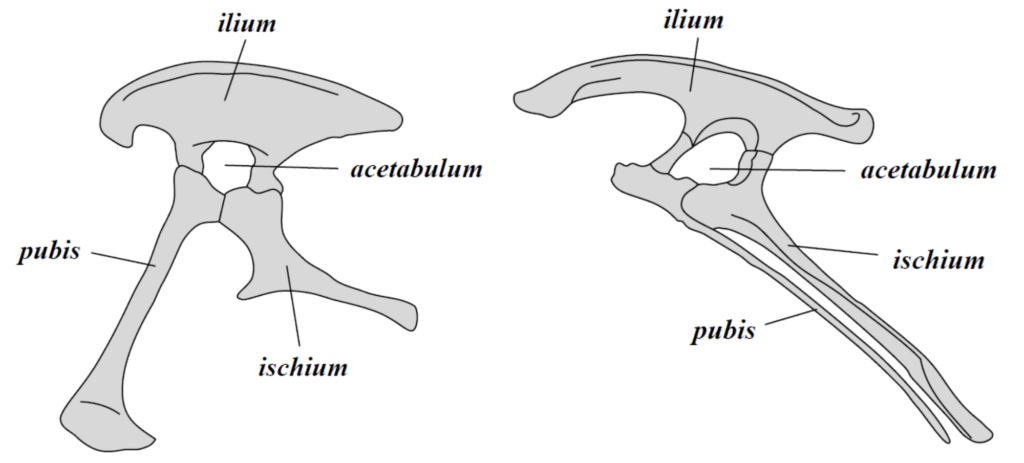
While some recent discoveries make it difficult for scientists to agree on exactly what makes a dinosaur a dinosaur, these are the exceptions and not the rule. Virtually all dinosaurs discovered to date share the traits described above, or are otherwise very similar to other species within the same dinosaur category. So to sum up, the scientific classification of dinosaurs is: Animalia > Chordata > Archosauria > Ornithodira > Dinosauria.
What is a Bird?
Harder to Classify Than We Thought

The public perception of a bird is that of a creature that possesses feathers, a toothless beak, and lays hard-shelled eggs. Exactly what defines a bird is a controversial question. This is because there is disagreement over what shared features a creature must have in order to belong to this group.
One of the earliest scientific definitions of a bird came from the Father of Taxonomy himself, Carl Linnaeus. An 18th-century naturalist, Linnaeus developed the classification system we still use today. He grouped all birds together into the class Aves.
Linnaeus’ Definition
“A beautiful and cheerful portion of created nature consisting of animals having a body covered with feathers and down; protracted and naked jaws (the beak), two wings formed for flight, and two feet. They are aereal [sic], vocal, swift and light, and destitute of external ears, lips, teeth, scrotum, womb, bladder, epiglottis, corpus callosum and its arch, and diaphragm.”
Carl Linnaeus1
While Linnaeus laid the groundwork for our modern animal classification schemes, his concept of a “bird” was based on a small selection of the whole diversity of birds. It did not account for birds like, for example, the moa (a large, ostrich-like bird that went extinct in the Middle Ages) which had no forelimbs at all, let alone wings. Nor fossils of the extinct bird Longusungius, which show that it had a toothed jaw instead of a beak. And we must also acknowledge Archaeopteryx. Though commonly perceived as a bird, it had clawed digits on its forelimbs and a long, bony tail, in addition to a jaw full of teeth.
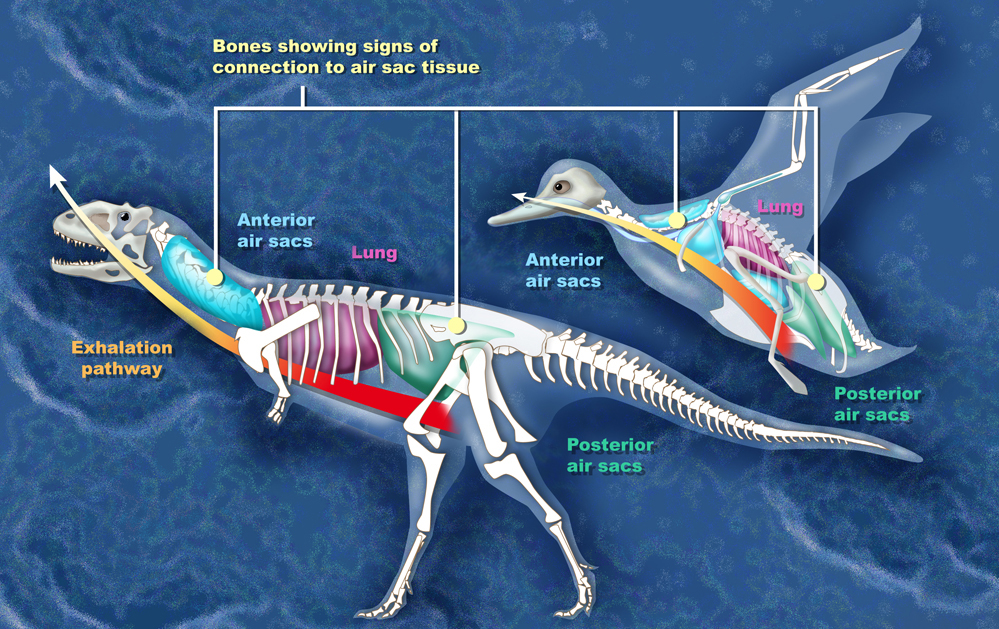
Another difficulty here is that many traits once thought exclusive to birds have also been discovered in dinosaurs that are not birds. For example, many theropod dinosaurs had a wishbone. In birds, the wishbone serves as a brace for the chest that makes flight possible. Theropods also had air sacs and a flow-through lung. These are inferred from the presence of air-filled hollows in the bones that look just like those of modern birds, which also possess air sacs and a flow-through lung system.
Dr. Surtees’ Definition
For these and other reasons, scientists have tried to develop more comprehensive ways of delineating birds from other animals. Some scientists define the group as more anatomically similar to modern birds than to certain dinosaurs, such as Deinonychus. Zoologist Dr. Marc Surtees has recently developed a new, more refined set of criteria to distinguish birds from non-birds.
- A sophisticated flow-through lung connected to air sacs
- Lightweight, air-filled bones
- A robust wing attachment site consisting of the wishbone, shoulder blade, and coracoid (a type of shoulder bone)
- A hook-like extension of the coracoid called the acrocoracoid
- Pygostyle (fused vertebrae at the end of the tail, resembling a rod- or blade-like shape)
- Brain with enlarged cerebellum and visual cortex
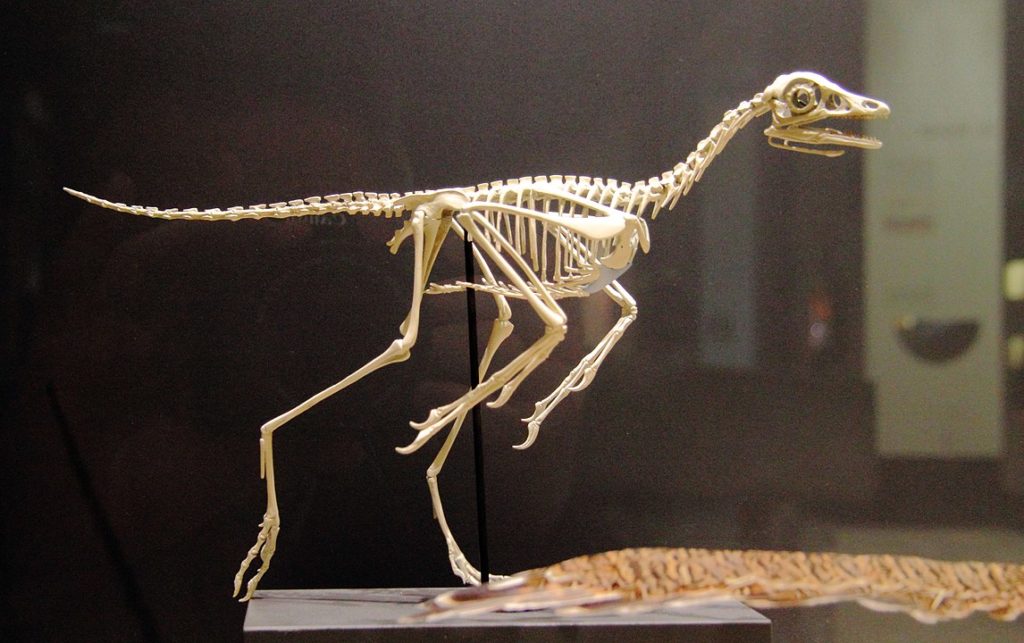
Dr. Surtees acknowledges that there are animals that have some, but not all, of the features listed above, but birds should possess all of them (or at least, belong to a group of animals that does). For example, Archaeopteryx does not have all of the characteristics that would classify it as a bird, according to Dr. Surtees. Even though it has many of the features described above, it is also missing a number of features, such as the pygostyle. Instead, Archaeopteryx has a long, bony tail. However, moas, Longusungius, and of course, modern birds, can be classified as birds based on Dr. Surtees’ criteria.
As stated above, all organisms can be classified into a kind of nested hierarchy. If this is true, then this must apply to birds as well. Where do they fit?
Are Birds Dinosaurs?
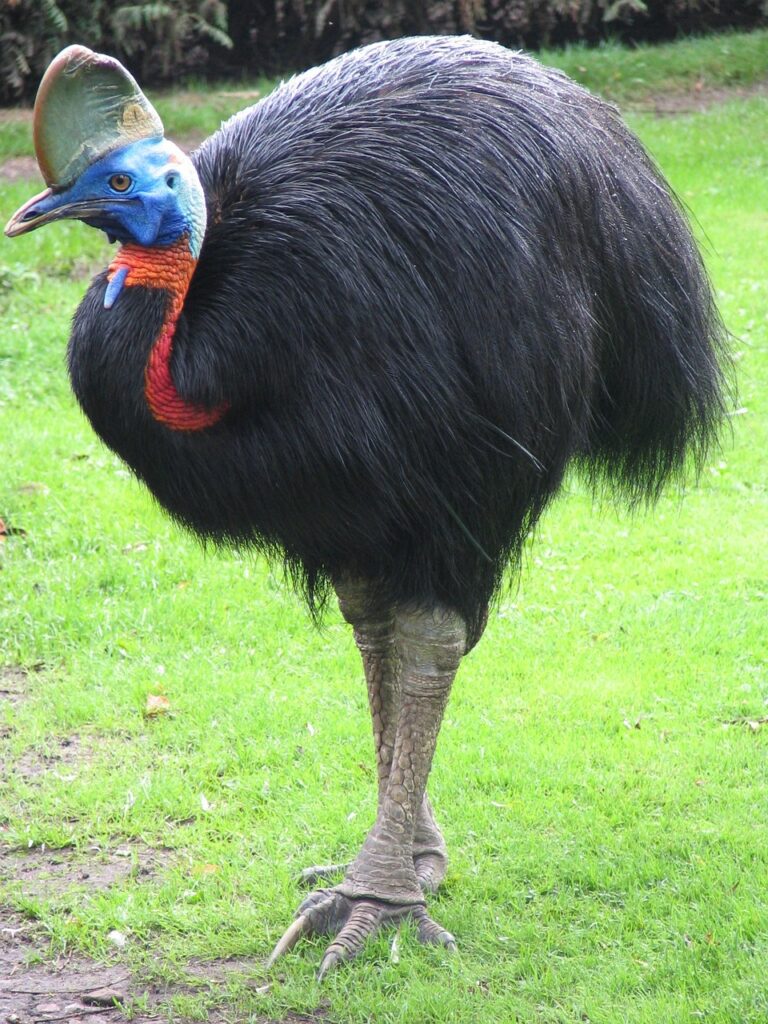
As stated above, most scientists do not regard birds as dinosaurs because they evolved from non-avian dinosaurs. Rather, it is because they have more in common with each other than any other animal. Thus, scientists place birds and other dinosaurs into the same group: Dinosauria.
- Like dinosaurs, birds are animals, meaning they are classified separately from plants, fungi, or bacteria (Animalia).
- They also have a backbone, meaning they belong to the vertebrate group (Chordata).
- Like other dinosaurs, birds have a sideways extension of the nasal category (called the antorbital cavity). While no modern birds have long tooth rows that grow in sockets of the jawbones, there are many extinct birds that did. This means they belong to the group Archosauria.
- As with other dinosaurs, a bird’s ankle joints have a special configuration that makes their ankle a hinge joint. Recall that animals with this special ankle configuration are classified in a group called Ornithodira.
- Why can birds be classified in the group Dinosauria? Because they have the characteristics we use to deliniate other dinosaurs. These include the particular shape of an expansion of the humerus called the deltopectoral crest, a special crest along the top of the hip bone (specifically the ilium). They also have the open hip socket called the perforated acetabulum. Another is the ankle bone (called the astragalus) that extends upwards and wraps along the bottom of the tibia. This allows birds to walk on their toes rather than the whole foot like pterosaurs and humans.
- Within Dinosauria, birds are classified within the theropod group, Theropoda. These animals are distinguished by their two-legged stance, hollow, thin-walled bones, and three primary digits on each foot. All of these characteristics are present in birds.
- As expressed earlier, there are many differing opinions regarding what subgroup of Dinosaur can be called “birds.” However, based on Dr. Surtees’ criteria as listed above, “bird” may be roughly equivalent with a group of dinosaurs called Avebrevicauda. Even if this specific subgroup placement is not correct, the evidence listed above still firmly places birds as a subgroup within Dinosauria. Dinosaurs that are not birds can be considered “non-avian dinosaurs.”
- Within Dinosauria, birds are classified within the theropod group, Theropoda. These animals are distinguished by their two-legged stance, hollow, thin-walled bones, and three primary digits on each foot. All of these characteristics are present in birds.
- Why can birds be classified in the group Dinosauria? Because they have the characteristics we use to deliniate other dinosaurs. These include the particular shape of an expansion of the humerus called the deltopectoral crest, a special crest along the top of the hip bone (specifically the ilium). They also have the open hip socket called the perforated acetabulum. Another is the ankle bone (called the astragalus) that extends upwards and wraps along the bottom of the tibia. This allows birds to walk on their toes rather than the whole foot like pterosaurs and humans.
- As with other dinosaurs, a bird’s ankle joints have a special configuration that makes their ankle a hinge joint. Recall that animals with this special ankle configuration are classified in a group called Ornithodira.
- Like other dinosaurs, birds have a sideways extension of the nasal category (called the antorbital cavity). While no modern birds have long tooth rows that grow in sockets of the jawbones, there are many extinct birds that did. This means they belong to the group Archosauria.
- They also have a backbone, meaning they belong to the vertebrate group (Chordata).
If Birds Are (Taxonomically) Dinosaurs, Did They Evolve From Dinosaurs?
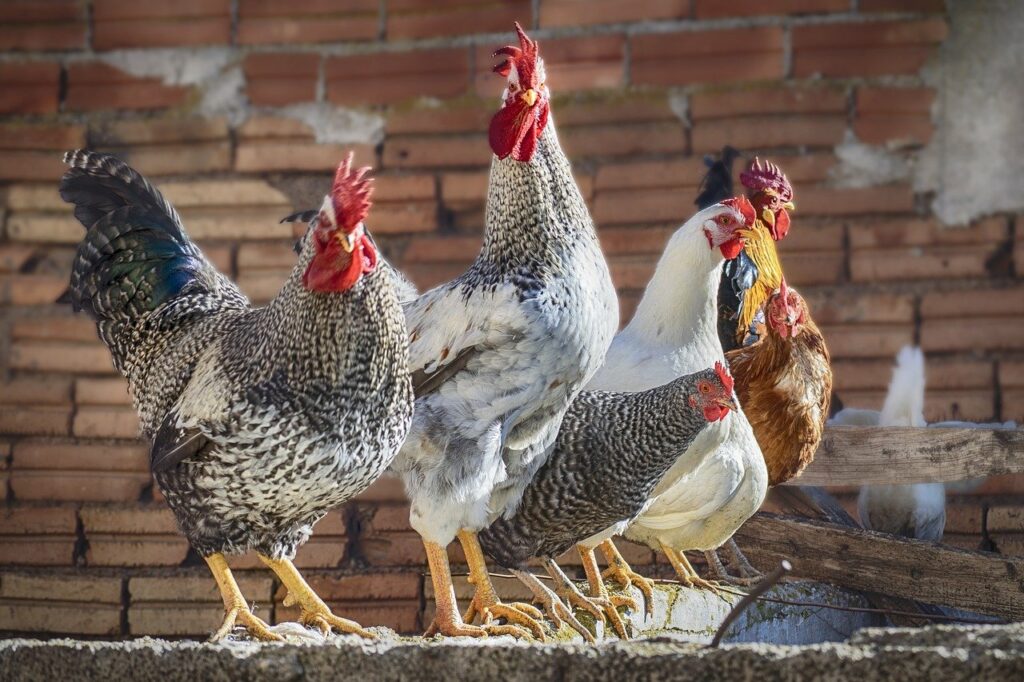
This point should be stressed once again: classifying birds as a sub-group of Dinosauria has nothing directly to do with the idea that birds evolved from non-avian dinosaurs. Whether birds were specially created or evolved from other animals is an interpretation of the data. Saying that birds are dinosaurs is merely applying the same classification techniques we would use on any other living organism. Bats, for example, are mammals, despite their ability to fly. We know this because bats have mammalian anatomy; they possess the features we use to delineate mammals from other animals. These include the possession of hair or fur, a middle ear structure composed of three bones, a neocortex region of the brain,6 and the ability to produce milk from mammary glands to feed their young. Bats have all of these features, thus they are mammals.
This logic is regularly applied to all other living things without hesitation. No one disagrees that monkeys are primates, that sauropods are dinosaurs, or that frogs are amphibians. In this same way are birds dinosaurs.
Conclusion
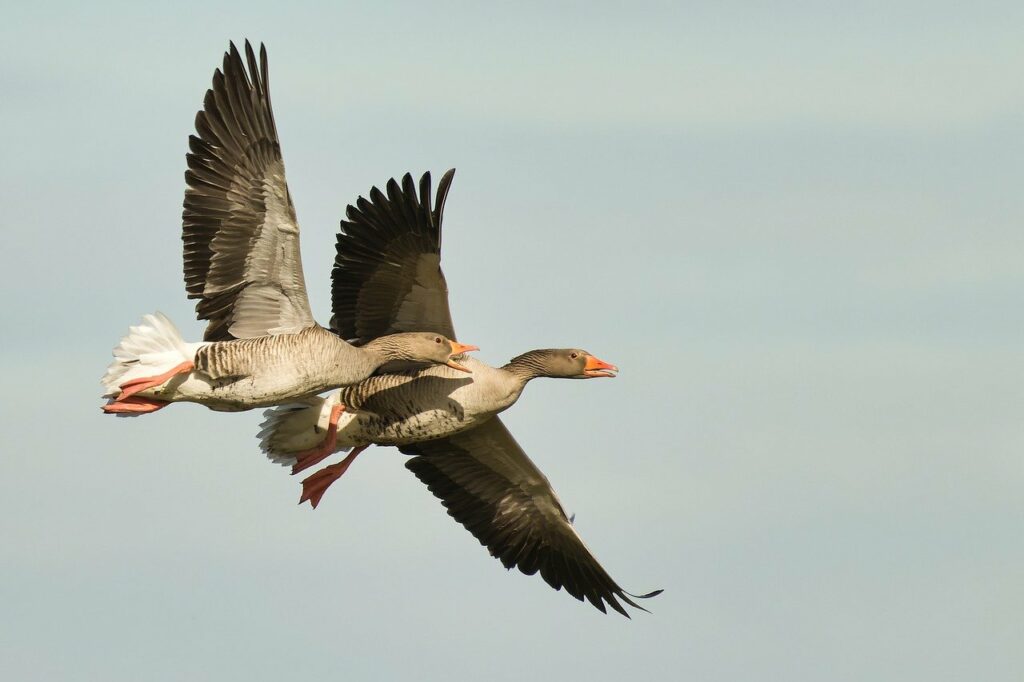
So, are these fossils of “feathered dinosaurs” really dinosaurs or just birds? The answer appears to be: yes! There is no reason to divide birds from dinosaurs any more than there is to separate bats from other mammals, or lemurs from other primates. The morphological features shared between these organisms has nothing directly to do with their origin. Their origin is an interpretation imposed upon the data, not the other way around. And let us not forget that taxonomic classifications themselves are the imperfect attempts of fallible man to assign God’s creations to tidy little classification boxes‒whether they will or not! (Just look at the platypus!)
How we classify birds has no significant bearing on our understanding of their origin. There are many different taxonomic ranks at which one could make a partition between a group which encompassed modern birds and an outgroup. These alternative groupings are equally valid, even though they have different definitions.
The more obvious and important question for creation researchers is how to understand the relationship between the various dinosaur species. This is more than simply trying to figure out which dinosaurs are birds and which are non-avian dinosaurs. After all, we should not really expect to find a major gulf of dissimilarity between birds and dinosaurs any more than we should between bats and other mammals. Instead, creation researchers want to know which species God made during Creation Week belong to the same original “kinds” of animals and which species do not.
In order to do this, however, we will need a better understanding of the diversity of feathered species throughout time. In part three, we will focus on the bedazzling array of feathered dinosaurs in the fossil record!
Feathered by Design Series
It Started with a Feather? (Part I)
Dino-Birds and Fuzzy Lizards (Part III)
Much Ado About Feathers (Part IV)
According to Their Kinds (Part V)
Footnotes
1 Carl von Linné, translated by William Turton (1802). A general system of nature: through the three grand kingdoms of animals, vegetables, and minerals, systematically divided into their several classes, orders, genera, species, and varieties. Vol. 1. London: Lackington, Allen, and Co. p. 131.
2 Wang, M., Zhou, Z., O’Connor, J. K., & Zelenkov, N. V. (2014). “A new diverse enantiornithine family (Bohaiornithidae fam. nov.) from the Lower Cretaceous of China with information from two new species.” Vertebrata PalAsiatica, 52(1), 31-76.
3 O’Connor, Patrick M., Claessens, Leon, P.A.M. 2006. “Basic avian pulmonary design and flow-through ventilation in non-avian theropod dinosaurs.” Nature. 436 (7048): 253–256.
4 Surtees, M. 2021. “Is it a bird? A critical analysis of feathered fossils.” Journal of the Biblical Creation Trust. Volume 3, pages 12–19.
5 Some dinosaurs and certain birds have partially closed or fully-closed acetabulum.
6 Lui, J.H., Hansen, D.V., & Kriegstein, A.R. (July 2011). “Development and evolution of the human neocortex.” Cell. 146 (1): 18–36.

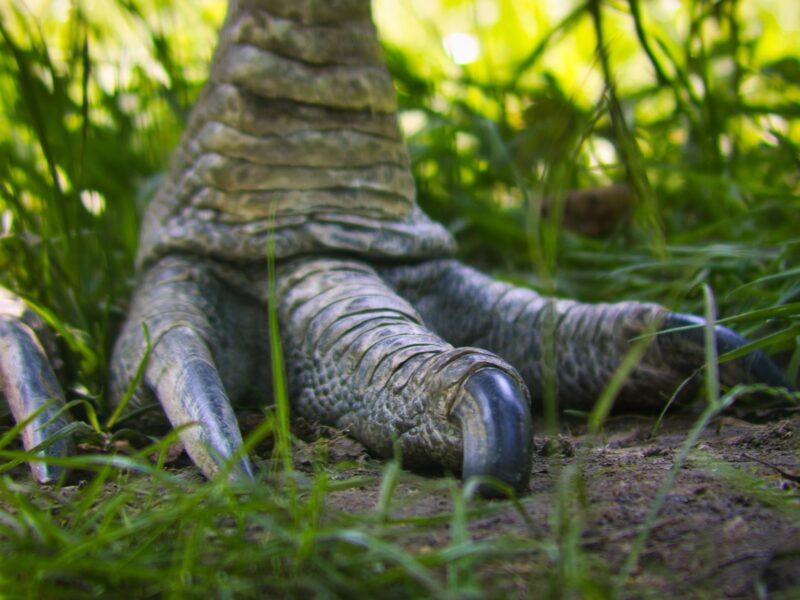
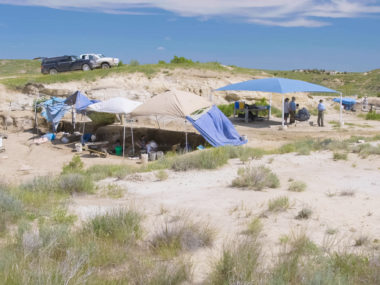

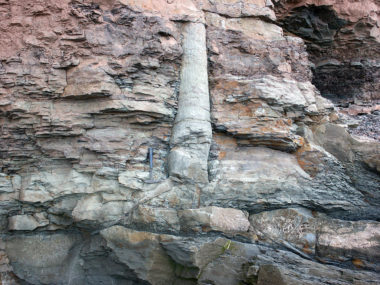


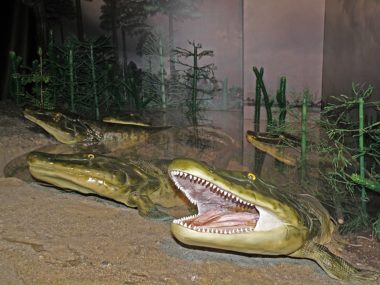




love this article. its rare to find a creationist writer say birds are very alike to dinosaurs. iNdeed saying they are dinos. however its the wrong way I suggest. there were no dinosaurs. Theropod dinosaurs are just flightless ground birds. T rex is only a bird who once flew. then took to the ground and grew big. Yes thety have a wishbone because they are birds. creationism must lead the way, beat the others who will follow one day, and overthrow the dinosaur myth. Theropod dinos are just boring birds. All flew on creation week. They were represented on the ark by flying birds and did not go extinct as such.
yes we can correct those folks in the 1800’s and say they just did not have the imagination to expand the bird kinds allowing for teeth and bony tail and size.
I don’t think Archeopteryx is a non-avian dinosaur, but an avian dinosaur, in fact, it also had these characteristics that are found in birds:
In summary, it may be said that Archaeopteryx is truly unique, and appears to exhibit a mosaic of characters, sharing some in common with the class Aves and some with the class Reptilia. It seems to have been suited to a lifestyle of short flights and agile crawling in trees, and those features which make it unquestionably a bird for classification purposes are uniquely and completely present and perfect. The feathers are not halfway transition from scales to feathers, an assumed transformation of the most astounding complexity.
Yes, it has a bony tail, but some extinct birds (avian dinosaurs), like Jeholornis from the Cretaceous, have the same “long” bony tail as Archeopteryx.